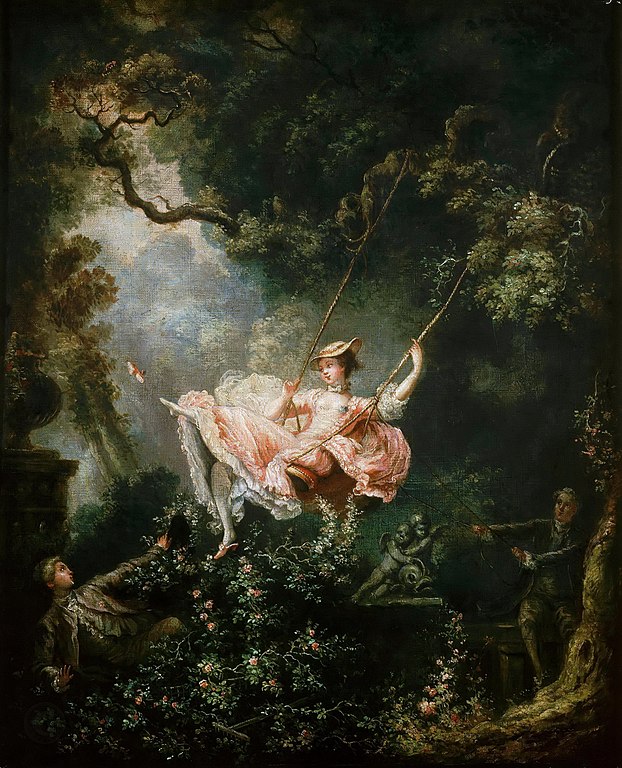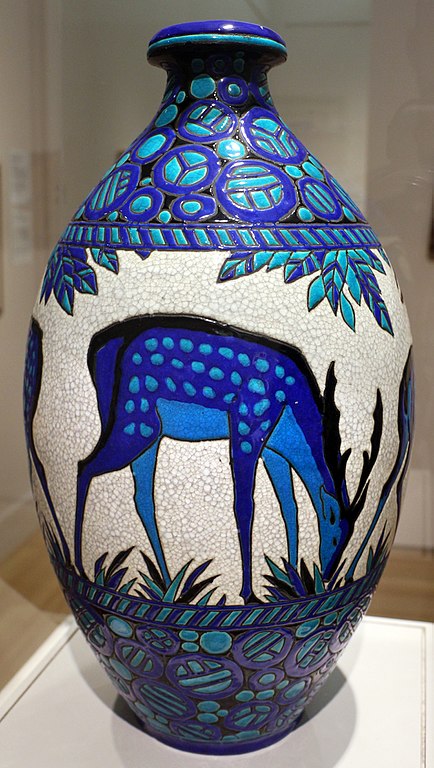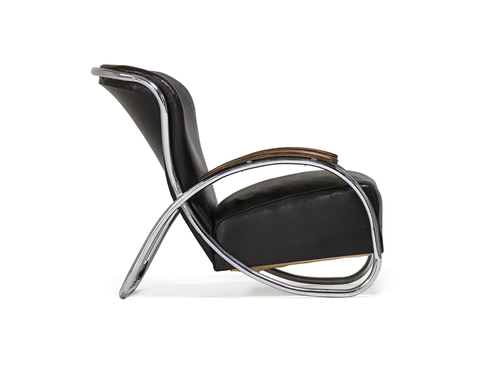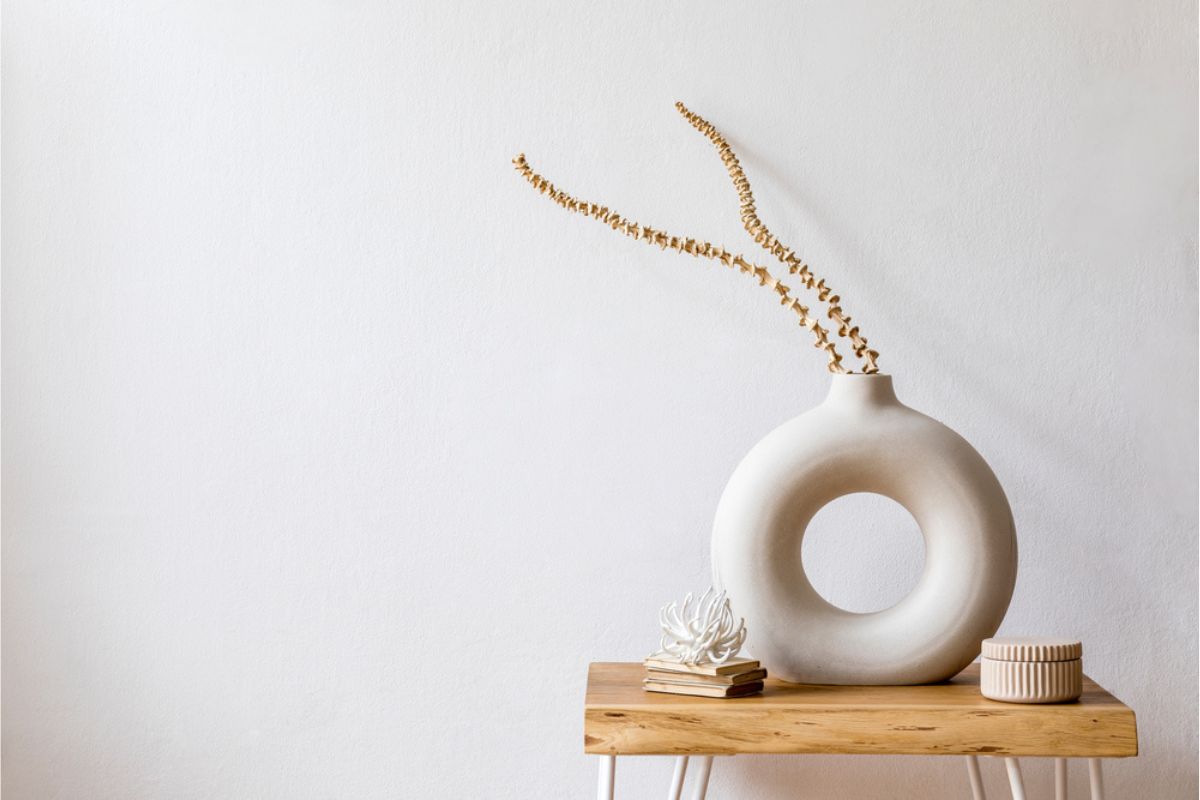Fine art and applied art are two distinct forms of artistic expression that have been around for centuries. Fine art is generally considered to be art that is created for its aesthetic value, while applied art is created for a specific purpose or function.
While the two forms of art share some similarities, they are fundamentally different in their approach, purpose, and execution.
Fine art is often seen as a form of self-expression, where the artist creates works that are meant to be appreciated and enjoyed for their beauty or emotional impact. Fine art is often created using traditional techniques and materials, such as painting, sculpture, and drawing.
The artist’s main goal is to create a work that is visually stunning and thought-provoking, with little regard for its practical application.
Applied art, on the other hand, is created with a specific function or purpose in mind. This can include anything from furniture and textiles to graphic design and advertising.
Also Read: What is High Art?
Applied art is often created using modern materials and techniques, and the artist’s main goal is to create a work that is both aesthetically pleasing and functional. While applied art may not be considered as “high art” as fine art, it is an important part of our daily lives and plays a crucial role in shaping our environment.
| Category | Fine Art | Applied Art |
|---|---|---|
| Purpose | Artistic expression, emotion, concept | Functional with aesthetics |
| Examples | Painting, sculpture, photography | Graphic design, fashion design, architecture |
| Creative Freedom | High | Within practical constraints |
| Display | Galleries, museums, collections | Everyday products, buildings |
| Intended Audience | Emotional and intellectual experience | Users of functional items |
Defining Fine Art and Applied Art
Fine Art
Fine art refers to any form of art that is created primarily for aesthetic purposes rather than practical applications.
It is often created to express emotions, ideas, or concepts and is typically displayed in galleries, museums, or private collections.
Also Read: Commercial Art vs Fine Art
Fine art includes a wide range of mediums such as painting, sculpture, drawing, visual art, printmaking, film, literature, and jewelry.

In fine art, the artist is free to express their creativity without any constraints or limitations. The artwork is often open to interpretation and can be appreciated for its beauty, emotional impact, or intellectual depth.
Fine art is not created with commercial considerations in mind and is often considered a luxury item.
Applied Art
Applied art, on the other hand, refers to any form of art that is created with practical applications in mind. It is often used in commercial or industrial settings and is designed to be functional as well as aesthetically pleasing.
Applied art includes a wide range of mediums such as architecture, design, photography, crafts, graphic design, ceramics, fashion design, metalwork, and jewelry.

In applied art, the artist must consider the practical applications of their work and how it will be used in the real world. The artwork must be functional and meet the needs of the client or consumer. Applied art is often created with commercial considerations in mind and is designed to be mass-produced.
Overall, the main difference between fine art and applied art is their intended purpose. Fine art is created primarily for aesthetic purposes, while applied art is created with practical applications in mind. However, there is often overlap between the two, and many artists work in both fine art and applied art.
Differences Between Fine Art and Applied Art
Aesthetic Value
Fine art is created primarily for its aesthetic value, whereas applied art is designed to be functional as well as visually appealing. Fine art is often created with the intention of evoking emotions in the viewer, such as awe, wonder, or contemplation. It is often more abstract and less concerned with realism than applied art.
Applied art, on the other hand, is created with a specific function in mind, such as a chair, a lamp, or a piece of jewelry. While it is still visually appealing, its primary purpose is to serve a practical function. Applied art often prioritizes structure and function over originality and human expression.
Functionality
Another key difference between fine art and applied art is their functionality. Fine art is not intended to serve a practical purpose beyond its aesthetic value. It is often created as a form of self-expression or to communicate a message to the viewer.
Applied art, on the other hand, is designed to be used in some way. It may be created to solve a problem or to fulfill a specific need. Applied art is often used in everyday life, such as in the design of furniture, clothing, and household items.

In conclusion, while both fine art and applied art are visually appealing, they differ in their purpose and functionality. Fine art is created primarily for its aesthetic value and to evoke emotions in the viewer, while applied art is designed to be functional as well as visually appealing.
Examples of Fine Art and Applied Art
Fine Arts
Fine Arts are those that are created primarily for aesthetic purposes and are meant to be appreciated for their beauty and emotional power. These include painting, sculpture, drawing, and printmaking. Fine Arts are often created by artists who are passionate about their work and who have spent years perfecting their craft. Examples of Fine Arts include:
- Painting: One of the most famous painters of all time is Pablo Picasso. His works, such as “Les Demoiselles d’Avignon” and “Guernica,” are considered masterpieces of 20th-century art.
- Sculpture: Michelangelo is one of the most famous sculptors in history, known for his works such as “David” and the ceiling of the Sistine Chapel.
- Drawing: The Mona Lisa, painted by Leonardo da Vinci, is one of the most famous drawings in the world.
- Printmaking: Andy Warhol is a famous printmaker known for his iconic pop art prints, such as his Campbell’s Soup Cans.
Applied Arts
Applied Arts are those that have a practical purpose and are designed to be functional as well as aesthetically pleasing. These include architecture, graphic design, fashion design, and industrial design. Applied Arts are often created by designers who are skilled in both form and function. Examples of Applied Arts include:
- Architecture: The Sydney Opera House, designed by Jorn Utzon, is an example of a building that is both functional and beautiful.
- Graphic Design: The Coca-Cola logo, designed by Frank Mason Robinson, is an example of graphic design that is both iconic and effective.
- Fashion Design: The little black dress, designed by Coco Chanel, is an example of fashion design that is both timeless and elegant.
- Industrial Design: The iPhone, designed by Jonathan Ive, is an example of industrial design that is both sleek and user-friendly.
In conclusion, Fine Arts and Applied Arts are two distinct categories of art that serve different purposes. While Fine Arts are created primarily for aesthetic purposes, Applied Arts are designed to be functional as well as beautiful. Both types of art require skill and creativity, and both have contributed to the world of art in their own unique ways.
Career Opportunities in Fine Art and Applied Art

Fine Art Careers
Fine art is a broad field that encompasses many different disciplines, including painting, sculpture, photography, and installation.
Artists who work in fine art typically create works that are intended to be displayed in galleries, museums, or other public spaces. Fine art careers can include:
- Artists: Artists create works of art in a variety of media, including painting, sculpture, photography, and installation. They may work independently or as part of a collective.
- Fine Art Photographers: Fine art photographers create images that are intended to be displayed in galleries or museums. They often work with large format cameras and may use alternative printing processes.
- Installation Artists: Installation artists create large-scale, immersive works of art that are designed to transform a space.
- Performing Artists: Performing artists include actors, dancers, and musicians who create works of art through their performances.
Applied Art Careers
Applied art is a field that includes disciplines such as product design, textile design, and advertising. Applied artists create works that are intended to be used in a practical context, such as in the design of products or in advertising campaigns. Applied art careers can include:
- Product Designers: Product designers create products that are both functional and aesthetically pleasing. They may work on anything from furniture to electronics.
- Textile Designers: Textile designers create patterns and designs for fabrics that are used in clothing, home decor, and other products.
- Advertising Professionals: Advertising professionals create campaigns that are designed to promote products or services. They may work in a variety of media, including print, television, and digital.
- Interior Designers: Interior designers create spaces that are both functional and visually appealing. They may work on anything from residential homes to commercial spaces.
- Fashion Designers: Fashion designers create clothing and accessories that are both stylish and functional.
Overall, there are many different career opportunities available in both fine art and applied art. Whether you are interested in creating works of art that are intended to be displayed in galleries or designing products that are both functional and visually appealing, there is likely a career path that will suit your interests and skills.
Investing in Fine Art and Applied Art
Fine Art Investment
Investing in fine art is a popular choice for many people who want to diversify their investment portfolio. Fine art includes paintings, sculptures, and other visual arts that are created primarily for their aesthetic value.
When investing in fine art, it is important to consider factors such as the artist’s reputation, the rarity of the piece, and its condition.
One of the benefits of investing in fine art is that it can appreciate in value over time. However, it is important to note that the art market can be unpredictable and there is no guarantee that a piece will increase in value.
It is also important to consider the costs associated with owning and maintaining a piece of fine art, such as insurance, storage, and restoration.
Applied Art Investment
Investing in applied art, also known as decorative art, is another option for those looking to invest in the art market. Applied art includes items such as furniture, ceramics, and textiles that are created primarily for their functional value, but also have aesthetic qualities.
When investing in applied art, it is important to consider factors such as the quality of the craftsmanship, the rarity of the piece, and its historical significance. Unlike fine art, which is often one-of-a-kind, applied art pieces can be mass-produced, which can affect their value.
One of the benefits of investing in applied art is that it can be more accessible than fine art, both in terms of cost and availability. However, it is important to be cautious when investing in applied art, as there are many reproductions and fakes on the market.
In summary, investing in fine art and applied art can be a rewarding experience, but it is important to do your research and consider all factors before making a purchase. Whether you choose to invest in fine art or applied art, it is important to have a clear understanding of the market and the risks involved.
Conclusion
In conclusion, Fine Art and Applied Art are two distinct categories of art that serve different purposes. Fine Art is created for aesthetic purposes and is often exhibited in galleries and museums. On the other hand, Applied Art is functional and serves a practical purpose in everyday life.
While both Fine Art and Applied Art require creativity and technical skill, they differ in terms of their intended purpose. Fine Art is created for the sake of beauty and is often open to interpretation, whereas Applied Art is designed with a specific function in mind and must be practical and functional.
It is important to note that both Fine Art and Applied Art have their own unique value and significance. Fine Art has the ability to evoke emotions and stimulate the senses, while Applied Art has the power to enhance everyday life and improve functionality.
Overall, the distinction between Fine Art and Applied Art is important to understand and appreciate, as it highlights the diversity and complexity of the art world. Whether one prefers Fine Art or Applied Art, both have the ability to enrich our lives and contribute to our cultural heritage.

